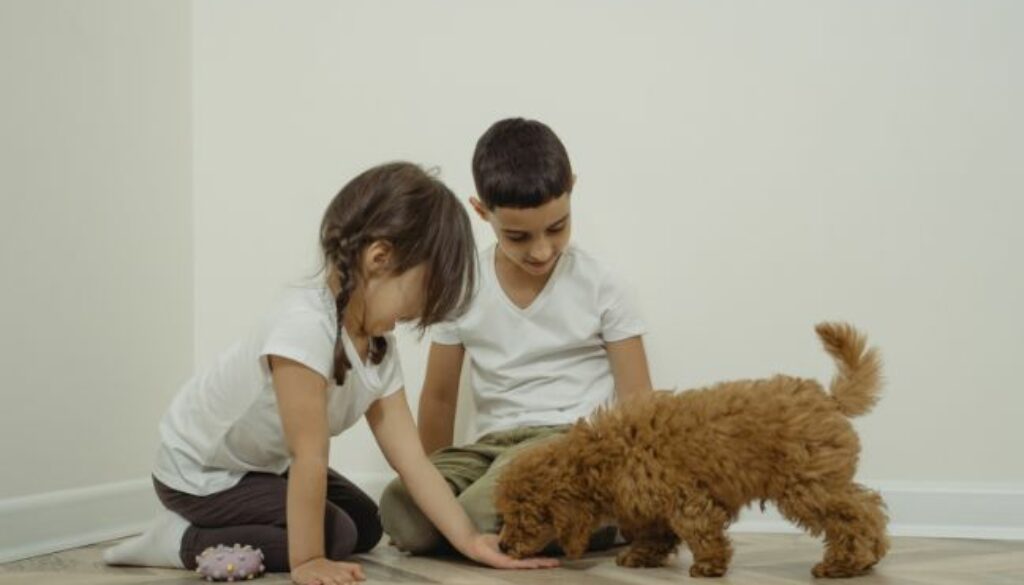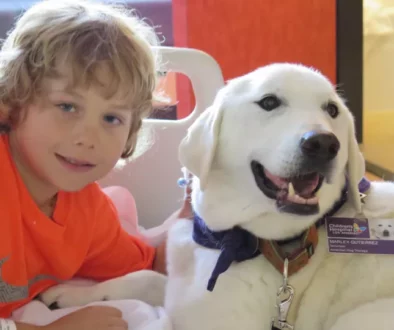Pet Adoption and Children: Teaching Compassion and Responsibility
Pet adoption and children go hand in hand when it comes to teaching compassion and responsibility. Having a pet can be an incredibly rewarding experience for children. Beyond the joy and companionship, pet ownership can also teach valuable life lessons such as compassion and responsibility. In this article, we will explore the benefits of pet adoption for children and discuss how it can help shape their character positively.
Benefits of Pet Adoption for Children
1. Teaching Compassion and Empathy
When children interact with pets, they learn to care for and understand the needs of another living being. This fosters compassion and empathy, as they witness the unconditional love and loyalty pets offer.
2. Fostering a Sense of Responsibility
Owning a pet comes with responsibilities, such as feeding, grooming, and exercising. Through pet ownership, children learn the importance of fulfilling these duties consistently, instilling a sense of responsibility that transcends to other aspects of their lives.
3. Developing Social Skills and Confidence
Pets can be social catalysts, helping children develop their interpersonal skills. The presence of a pet can facilitate social interactions, boost confidence, and provide a common ground for friendships and connections with others.
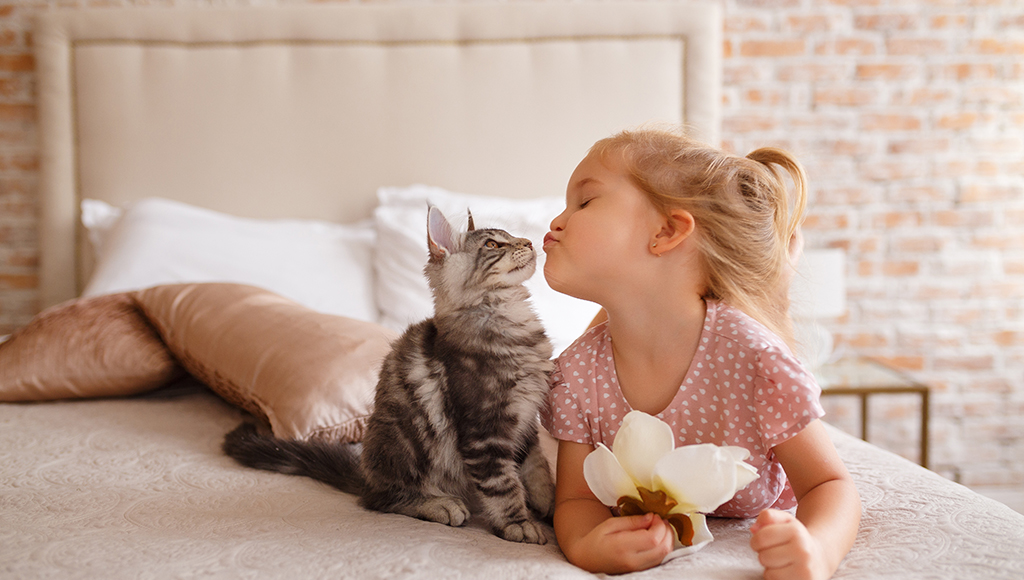
Factors to Consider Before Adopting a Pet
Before rushing into pet adoption, it is crucial to consider several factors that will contribute to a successful and fulfilling experience for both the child and the pet.
1. Lifestyle and Living Arrangements
Different pets have varying needs and compatibility with certain lifestyles and living spaces. Assessing factors such as available space, time availability, and activity levels will help determine the most suitable pet for your family.
2. Time Commitment and Resources
Pets require time, attention, and resources for proper care. Evaluate whether your family has the capacity to meet these demands consistently, considering factors like work schedules and financial resources for food, veterinary care, and accessories.
3. Allergies and Pet Compatibility
It is essential to consider any allergies or sensitivities within the family. Some pets may trigger allergies, and it is crucial to ensure that everyone in the household can coexist comfortably with the chosen pet.
Preparing Children for Pet Ownership
To ensure a smooth transition into pet ownership, it is important to prepare children adequately and educate them about the responsibilities and expectations that come with caring for a pet.
1. Discussing Responsibilities with Children
Engage in open conversations with your children about the responsibilities associated with pet ownership. Discuss tasks like feeding, grooming, walking, and cleaning up after the pet, emphasizing the commitment and effort required.
2. Educating Children About Pet Care
Teach children the basics of pet care, including proper feeding, exercise, and health care. It is important for them to understand the unique needs of the chosen pet species and the importance of meeting those needs consistently.
3. Establishing Routines and Rules
Set clear rules and establish routines that incorporate pet care responsibilities. By doing so, children learn to manage their time effectively and understand the significance of regular care and attention for their pet’s well-being.
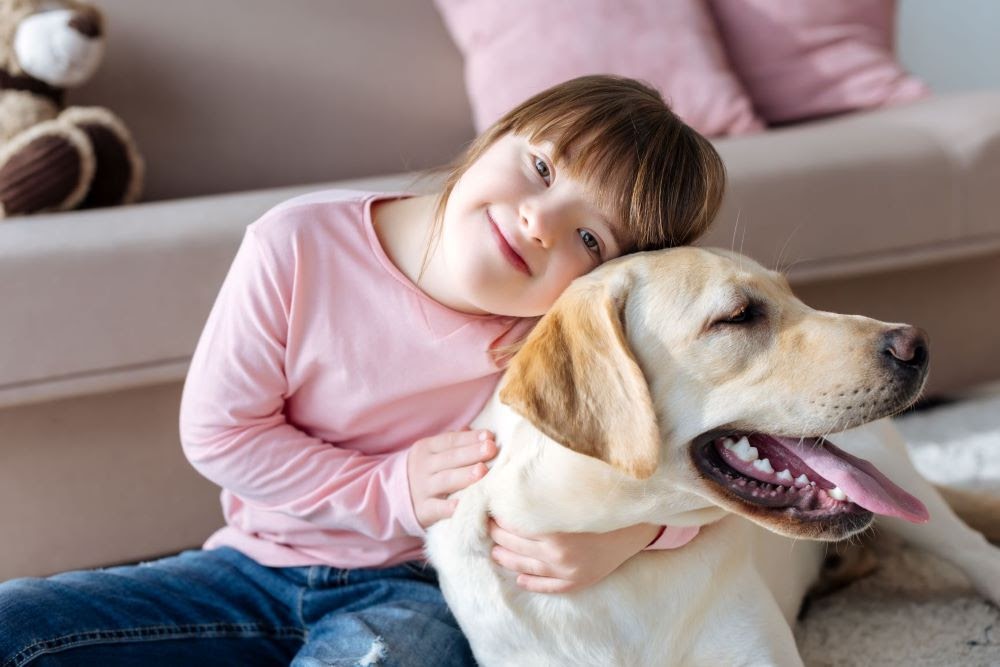
Choosing the Right Pet for Children
Not all pets are suitable for children, as different animals have distinct temperaments, care requirements, and compatibility with specific age groups.
1. Assessing the child’s age and maturity level
Consider your child’s age and maturity level when choosing a pet. Younger children may benefit from smaller, low-maintenance pets like hamsters or fish, while older children can handle more responsibility and interact with larger pets like dogs or cats.
2. Considering the Pet’s Temperament and Size
Evaluate the temperament and size of a potential pet, ensuring it aligns with your child’s personality, preferences, and physical capabilities. Some pets may require more patience and handling, while others are naturally gentle and suitable for young children.
3. Consulting with Animal Shelters or Breeders
Seek guidance from animal shelters or reputable breeders when selecting a pet. They can provide insights on each animal’s behavior, and compatibility with children, and help match you with the perfect furry companion.
Introducing the New Pet to Children
Once the right pet has been chosen, it’s essential to facilitate a smooth introduction between the pet and the children to establish a positive relationship.
1. Allowing Gradual Interactions
Gradually introduce the pet to the children, allowing them to become comfortable and familiarize themselves with each other’s presence. This can involve supervised visits or spending time in the same room without direct interaction.
2. Supervising Initial Interactions
When the pet and children start interacting directly, ensure close supervision to ensure the safety and well-being of both parties. Teach children the importance of gentle handling and respect for the pet’s boundaries.
3. Encouraging Bonding and Trust-Building Activities
Engage children in activities that promote bonding and trust-building with the new pet. This can include gentle play, rewarding positive behavior, and involving them in basic training exercises.
Nurturing the Pet-Owner Relationship
To maximize the benefits of pet ownership, it is important to nurture the relationship between the child and the pet, fostering a strong bond and encouraging responsibility.
1. Involving Children in Pet Care Tasks
Assign age-appropriate pet care tasks to children. This could include feeding, grooming, cleaning, and exercising the pet. By involving children in these tasks, they develop a greater sense of accountability and investment in the pet’s well-being.
2. Encouraging Daily Interaction and Play
Promote regular interaction and playtime between the child and the pet. This not only strengthens their bond but also contributes to the pet’s physical and mental stimulation, ensuring a happy and healthy companion.
3. Teaching Basic Training and Obedience Commands
Encourage children to participate in training sessions with the pet, teaching them basic obedience commands and tricks. This not only enhances the child’s understanding of their role as a pet owner but also encourages positive discipline and reinforces the pet’s behavior.
Dealing with Challenges and Responsibilities
Along the journey of pet ownership, challenges and unforeseen responsibilities may arise. It’s crucial to address them promptly and ensure the well-being of both the child and the pet.
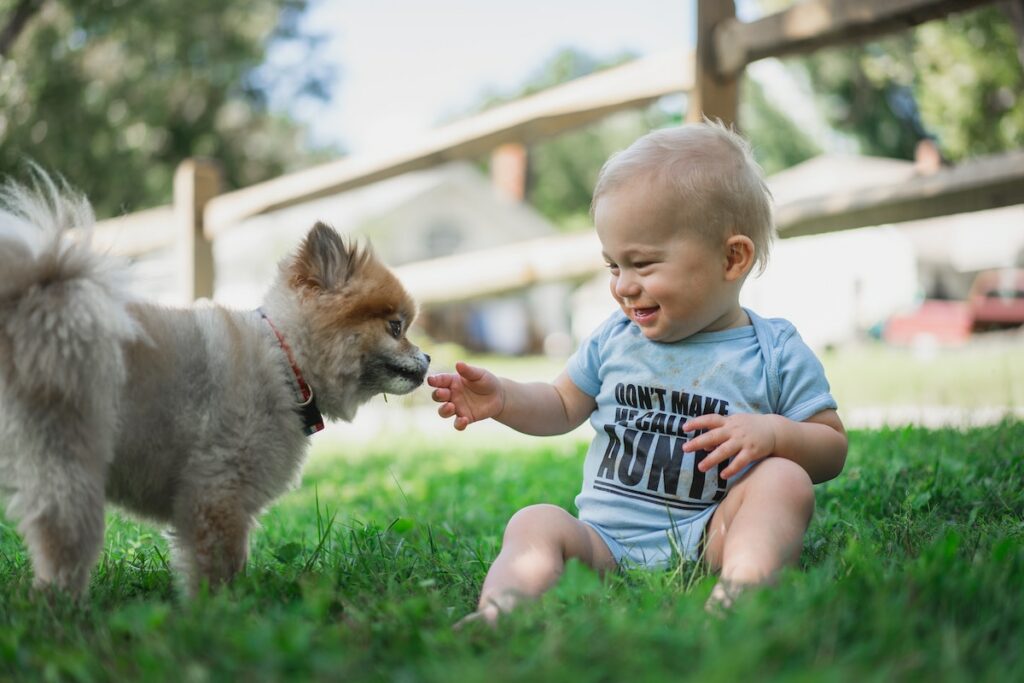
1. Addressing Pet-Related Allergies or Health Issues
If a child develops allergies to the pet, consult with healthcare professionals to find appropriate solutions or adjustments to minimize symptoms. Additionally, regular veterinary care and attention are essential to address any health issues that may arise.
2. Handling Accidental Pet Injuries or Emergencies
Teach children how to handle accidental pet injuries or emergencies responsibly. This includes knowing when to seek immediate medical attention, practicing basic first aid techniques, and ensuring a safe environment for the pet.
3. Preparing for the End of a Pet’s Life
Discussing the concept of death with children can be challenging but crucial to their emotional well-being. Prepare children for the end of a pet’s life by explaining the natural progression of life and maintaining open communication throughout the grieving process.
The Long-Term Impact of Pet Adoption on Children
Pet adoption has a profound and lasting impact on children, shaping their character and emotional development in various ways.
1. Building Lifelong Bonds and Memories
The bond formed between a child and their pet often lasts a lifetime, creating cherished memories that carry forward into adulthood. These memories contribute to a sense of belonging, love, and companionship.
2. Instilling Values of Compassion and Responsibility
The experience of pet ownership instills values of compassion, empathy, and responsibility in children. They learn to prioritize the needs of another living being, developing a sense of empathy that extends beyond their furry companion.
3. Promoting Emotional Well-Being and Empathy
Interacting with pets has been shown to improve emotional well-being by reducing stress, anxiety, and loneliness. Children who grow up with pets develop a deep understanding of empathy and compassion, enhancing their ability to connect with others.
Conclusion
Pet adoption and children can be a harmonious combination, empowering children with essential life skills while providing them with unconditional love and companionship. By properly preparing children for pet ownership, selecting the right pet, and nurturing the pet-owner relationship, families can create a rewarding and educational experience for their children.
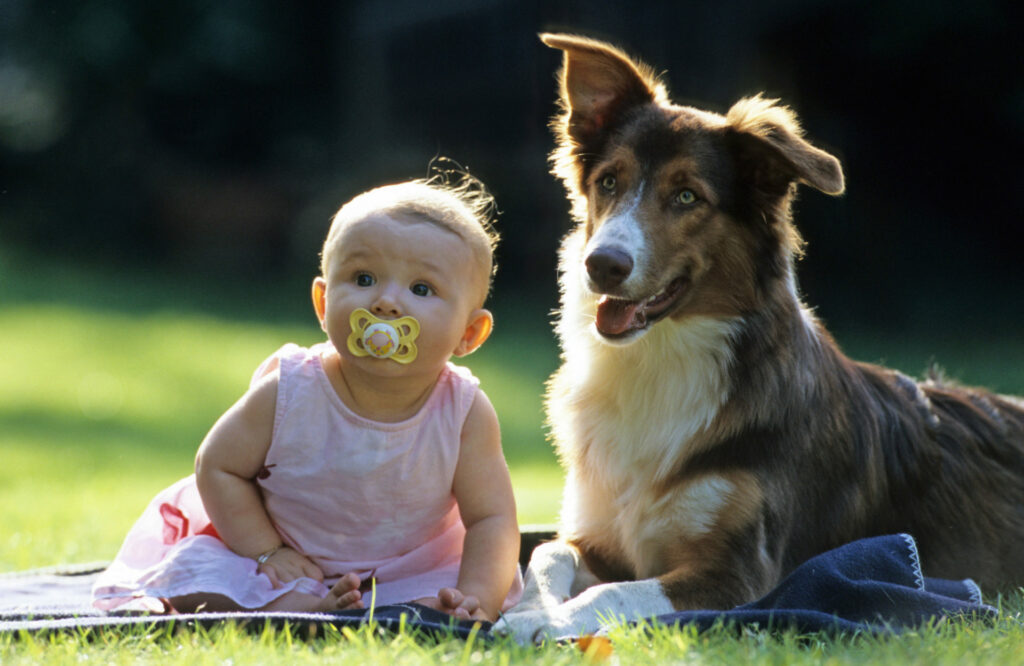
FAQs: Pet Adoption and Children
FAQ 1: How can pet adoption benefit a child’s emotional development?
Pet adoption benefits a child’s emotional development by fostering compassion, empathy, and responsibility. Pets provide unconditional love, helping children develop social skills and confidence while reducing stress and anxiety.
FAQ 2: Are certain pets more suitable for children than others?
Yes, certain pets are more suitable for children based on factors such as the child’s age, maturity level, and lifestyle. Smaller, low-maintenance pets like hamsters or fish might be better for younger children, while older children can handle larger pets like dogs or cats.
FAQ 3: How can I prepare my child for pet ownership?
Preparing a child for pet ownership involves discussing responsibilities, educating them about proper care, and establishing routines and rules. Open communication and involving children in decisions and tasks related to pet care are key.
FAQ 4: What should I do if my child develops allergies to the pet?
If a child develops allergies to the pet, consult healthcare professionals for appropriate solutions or adjustments to minimize symptoms. It may be necessary to consider alternative pets or explore allergy management strategies.
FAQ 5: What age is appropriate for a child to adopt a pet?
The appropriate age for a child to adopt a pet depends on their maturity level, readiness for responsibility, and ability to understand and meet the needs of a pet. It is important to assess these factors on an individual basis before making the decision.
Also Read:
